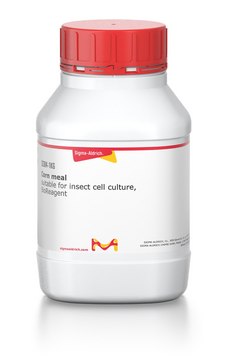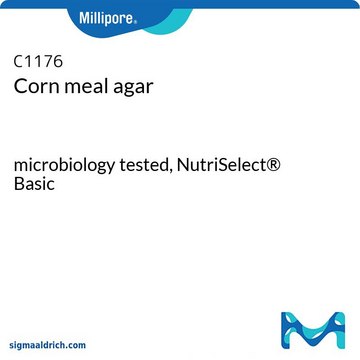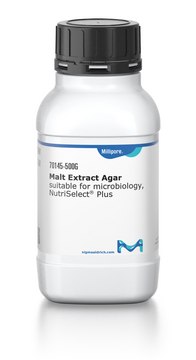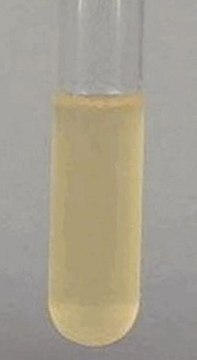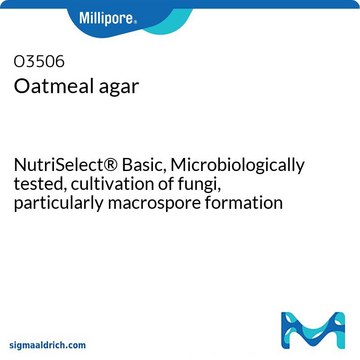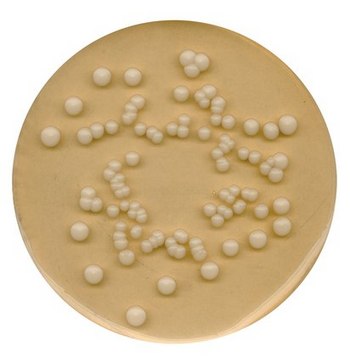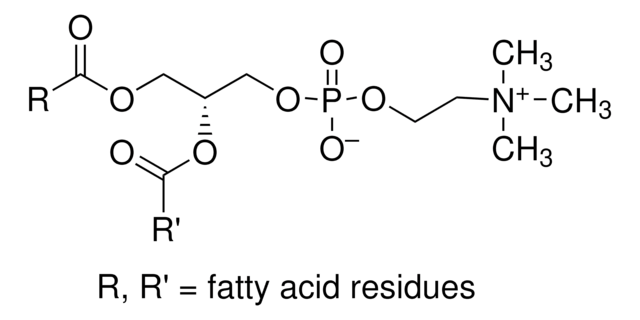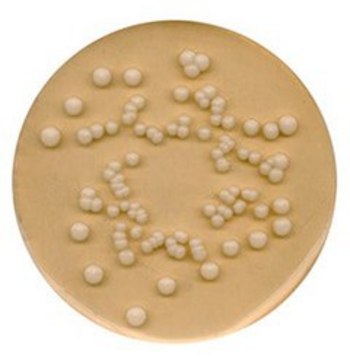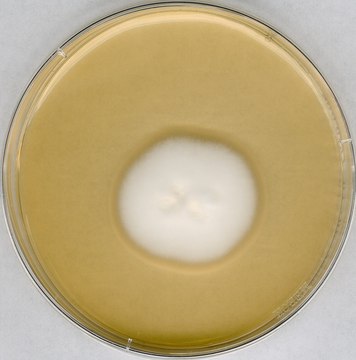42347
Corn Meal Agar
suitable for microbiology, NutriSelect® Plus
About This Item
Recommended Products
sterility
non-sterile
Quality Level
form
powder
shelf life
limited shelf life, expiry date on the label
composition
Agar, 15 g/L
Corn meal infusion (from 50 g whole maize), 2 g/L
manufacturer/tradename
NutriSelect® Plus
packaging
pkg of -500 g
storage condition
(Dry place, tightly sealed containers)
technique(s)
microbiological culture: suitable
color
light yellow
pH
6.0±0.2 (25 °C)
application(s)
bioburden testing
clinical testing
environmental
food and beverages
life science and biopharma
microbiology
storage temp.
2-25°C
suitability
nonselective for Aspergillus spp.
nonselective for Candida spp.
nonselective for Penicillium spp.
nonselective for Pichia spp.
nonselective for Saccharomyces spp.
nonselective for Zygosaccharomyces spp.
nonselective for molds (General Media)
nonselective for yeasts (General Media)
Related Categories
General description
Application
Preparation Note
Footnote
The designations basic, plus, or prime are added to indicate the quality control level, from basic quality control to standard QC plus to prime for full regulatory compliance.
Legal Information
Storage Class Code
11 - Combustible Solids
WGK
WGK 3
Flash Point(F)
Not applicable
Flash Point(C)
Not applicable
Personal Protective Equipment
Regulatory Information
Choose from one of the most recent versions:
Already Own This Product?
Find documentation for the products that you have recently purchased in the Document Library.
Articles
Traditional methods are based morphology, staining methods, enzyme reactions (metabolism) and diverse media.
Yeast is one of the most important microorganisms known and utilised by mankind. Ancient Middle Eastern civilisations used the organism to bake bread and to produce mead, beer and wine.
We present an article that discusses two applications in particular; first, using these layers as polyelectrolyte membranes to control permeability.
Our team of scientists has experience in all areas of research including Life Science, Material Science, Chemical Synthesis, Chromatography, Analytical and many others.
Contact Technical Service